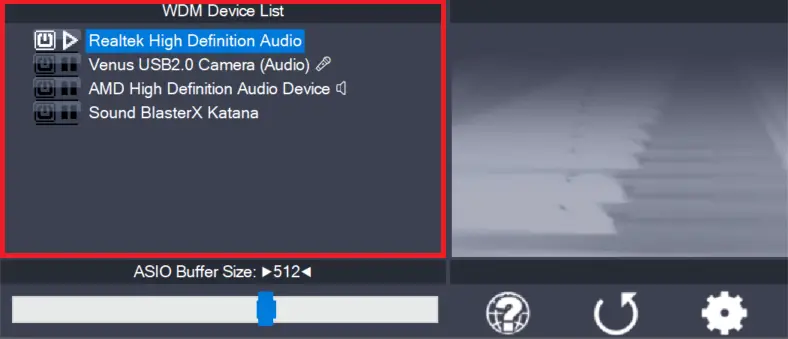Changes since version 2.9 beta 1:
- Make WaveRT event mode strictly opt-in. It is broken in too many instances and may have caused funny and not-so-funny things to happen with onboard HD audio devices. There is a new checkbox now where you have to explicitely allow event mode (a.k.a. Pull-Mode) to be used at all.
- Workaround added for extremely low bandwidth devices, such as audio devices on Toshiba Bluetooth stack (and possibly others), if you’re into that kind of thing…
- Fix some minor issues WRT WaveRT resource allocation.
- Add Workarounds for broken host implementations that violate Microsoft COM requirements. This does not completely fix anything, but rather helps to avoid crashes, while still losing functionality. BUT REGARDLESS IT IS _YOUR_ CODE THAT REMAINS AT FAULT, SO PLEASE FIX IT!






Leave a Reply